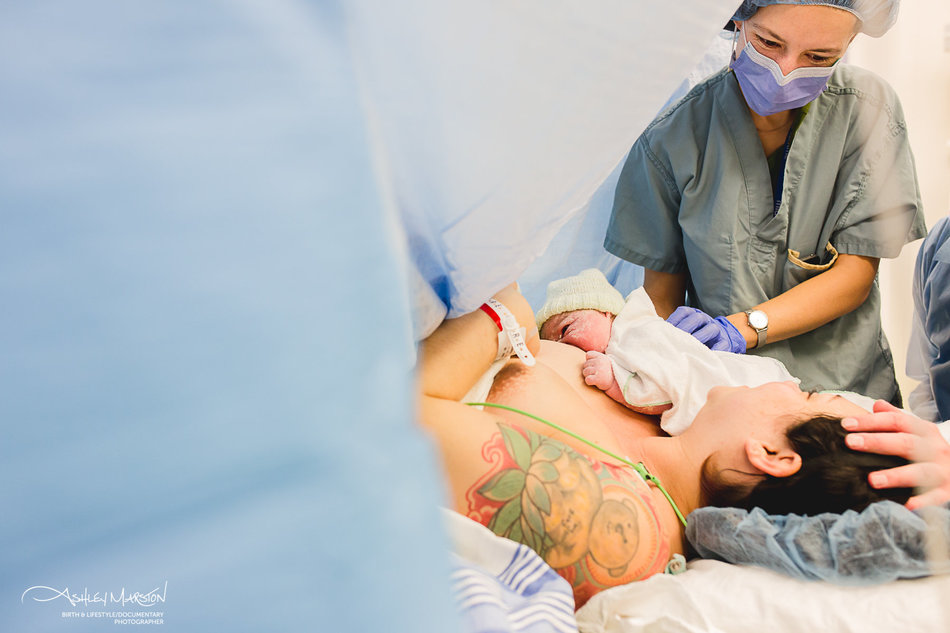
Caring for Baby After C-Section: A Comprehensive Guide
Introduction
A cesarean section (C-section) is a surgical procedure in which a baby is delivered through an incision in the mother’s abdomen and uterus. While C-sections are often necessary for medical reasons, they can be a major surgery with a significant recovery period. Caring for a baby after a C-section requires special attention and care. This article provides a comprehensive guide to help new mothers navigate the challenges of caring for their newborn after a C-section.
Immediate Postpartum Care
- Pain Management: After surgery, you will likely experience pain at the incision site. Your doctor will prescribe pain medication to manage discomfort. It is important to take the medication as directed and to avoid overexertion.
- Rest and Recovery: Rest is essential for recovery. Plan to spend the first few days after surgery resting and bonding with your baby. Avoid lifting heavy objects or engaging in strenuous activities.
- Incision Care: Keep the incision site clean and dry. Change the dressing as directed by your doctor and avoid touching or rubbing the area. If you notice any redness, swelling, or drainage, contact your doctor immediately.
- Breastfeeding: Breastfeeding can be challenging after a C-section due to pain and discomfort. Use pillows to support your body and the baby. If you experience difficulty, consult with a lactation consultant.
Home Care
- Pain Management: Continue taking pain medication as prescribed. Gradually reduce the dosage as your pain subsides.
- Incision Care: Continue to keep the incision site clean and dry. Remove the dressing once it is fully healed, typically within 1-2 weeks. Avoid soaking the incision in water until it is completely healed.
- Activity Level: Gradually increase your activity level as you feel stronger. Start with short walks and light housework. Avoid strenuous activities or lifting heavy objects for at least 6 weeks.
- Diet: Eat a healthy diet rich in fruits, vegetables, and whole grains. Avoid foods that may cause gas or constipation.
- Bowel Movements: Constipation is common after a C-section. Drink plenty of fluids and eat foods high in fiber. If you have difficulty with bowel movements, talk to your doctor about stool softeners.
- Sleep: Getting enough sleep is crucial for recovery. Establish a regular sleep schedule and create a comfortable sleep environment.
- Emotional Health: It is normal to experience a range of emotions after a C-section, including sadness, anxiety, and depression. Talk to your doctor or a mental health professional if you are struggling with your emotional well-being.
Caring for the Baby
- Feeding: Breastfeed or bottle-feed your baby as recommended by your doctor. Hold the baby close to your body and support their head and neck.
- Diapering: Change your baby’s diaper frequently to prevent diaper rash. Use gentle wipes and avoid rubbing the incision area.
- Bathing: Give your baby sponge baths until the incision is fully healed. Use warm water and gentle soap.
- Clothing: Dress your baby in soft, comfortable clothing. Avoid tight or restrictive clothing that may put pressure on the incision.
- Bonding: Spend plenty of time cuddling and bonding with your baby. This will help promote attachment and emotional development.
When to Call the Doctor
- Fever over 100.4 degrees Fahrenheit
- Redness, swelling, or drainage from the incision site
- Severe pain or discomfort
- Difficulty breathing or chest pain
- Leg pain or swelling
- Persistent nausea or vomiting
- Signs of infection in the baby, such as fever, lethargy, or poor feeding
Conclusion
Caring for a baby after a C-section requires special attention and care. By following the guidelines outlined in this article, new mothers can promote their own recovery and ensure the well-being of their newborn. Remember to listen to your body, rest when needed, and seek medical attention if any concerns arise. With patience and support, you and your baby can navigate this journey together and create a strong and healthy bond.
